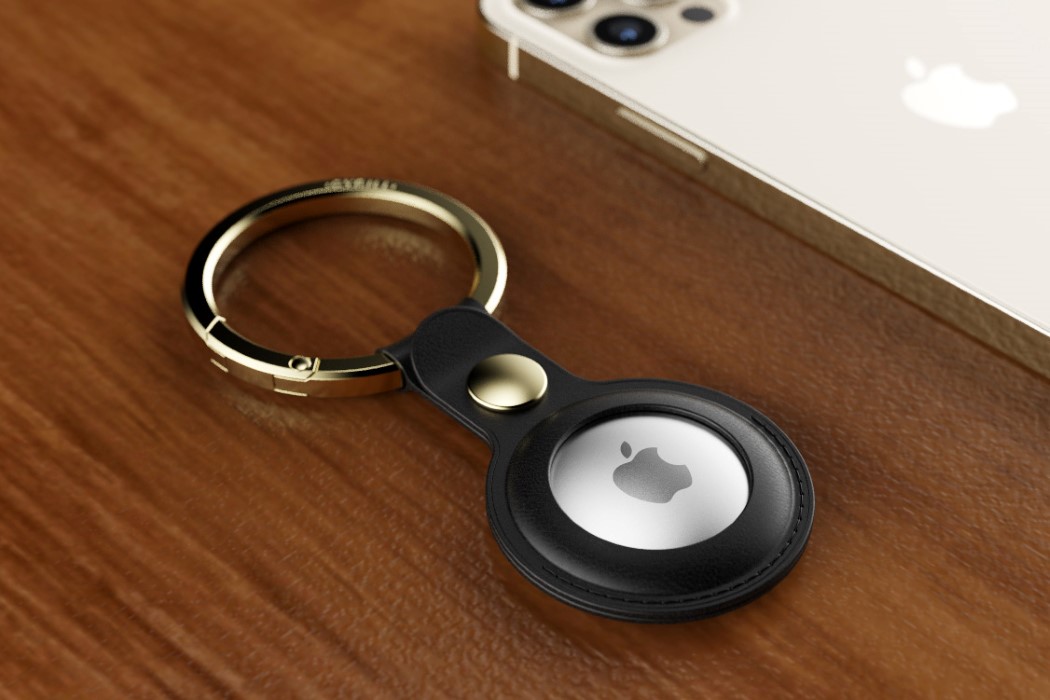
It seems like the AirTag announcement from Apple is beyond just grapevine gossip at this point. Companies like Samsung and Oppo have both released designs for their own tagging chips, hinting at healthy competition, and now an Apple accessory maker has inadvertently leaked the news out. A listing on mobile accessory maker Cyrill’s website shows what they’re calling the Apple AirTag Strap — a small keyring-style case designed to hold the rumored Apple “AirTags.”
The keyring case is ideal for the AirTags, which are roughly coin-sized. The tags slide right into their leather casing, while a flap and press-stud shuts to enclose the circular tag within. On the other end of Cyrill’s AirTag Strap is a ring to store your keys or USB sticks. The idea is to pair the AirTags with your phone, which then lets you keep track of your keys and other belongings using the “Find My” feature. Given its coin-like shape, the AirTags could easily be kept in your wallet too, ensuring you never lose a belonging again.
Designer: Cyrill
Visualized Renders: Sarang Sheth
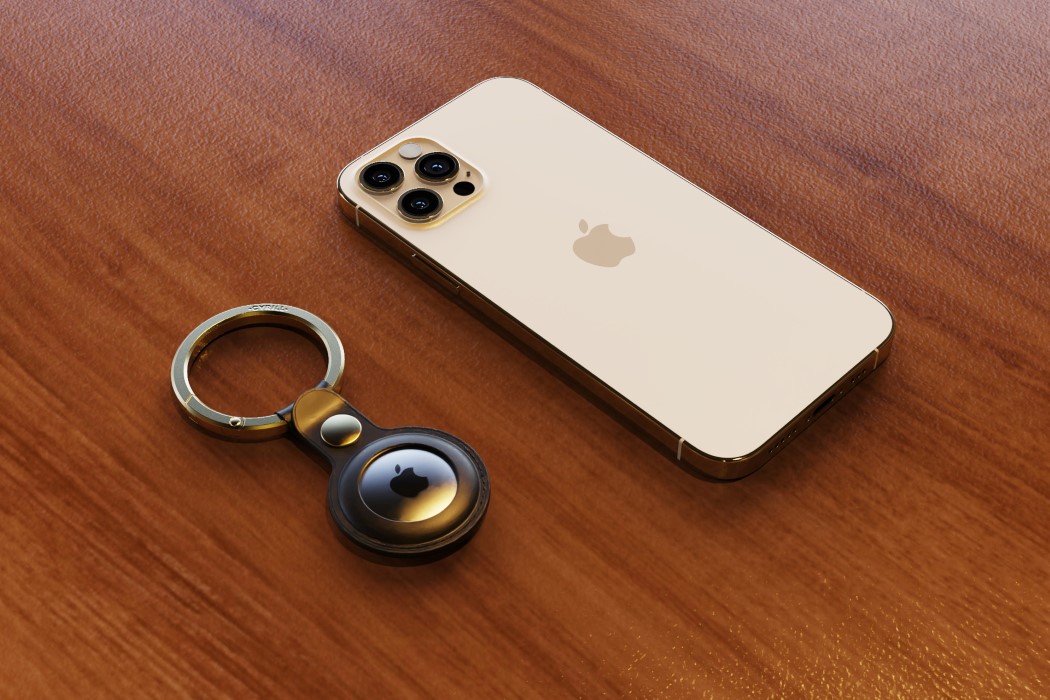
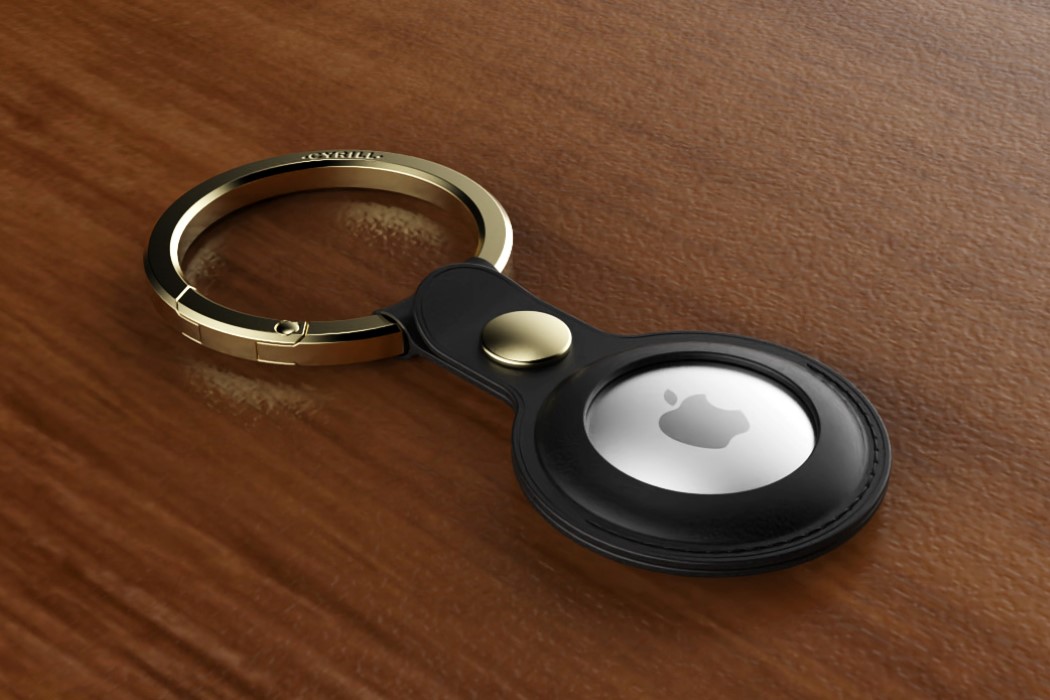
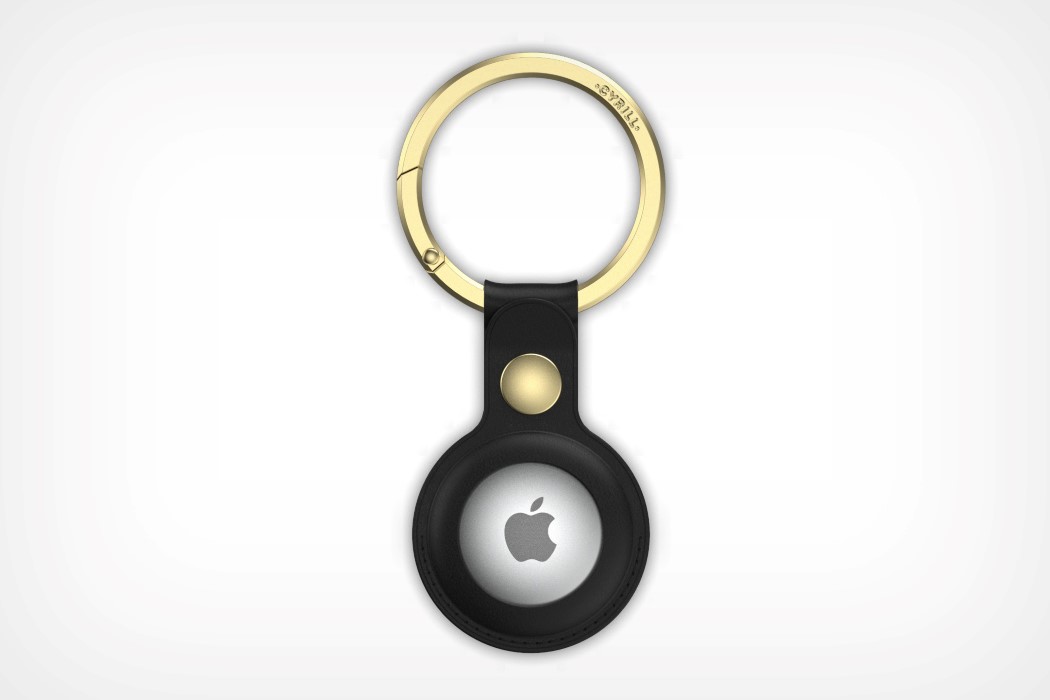
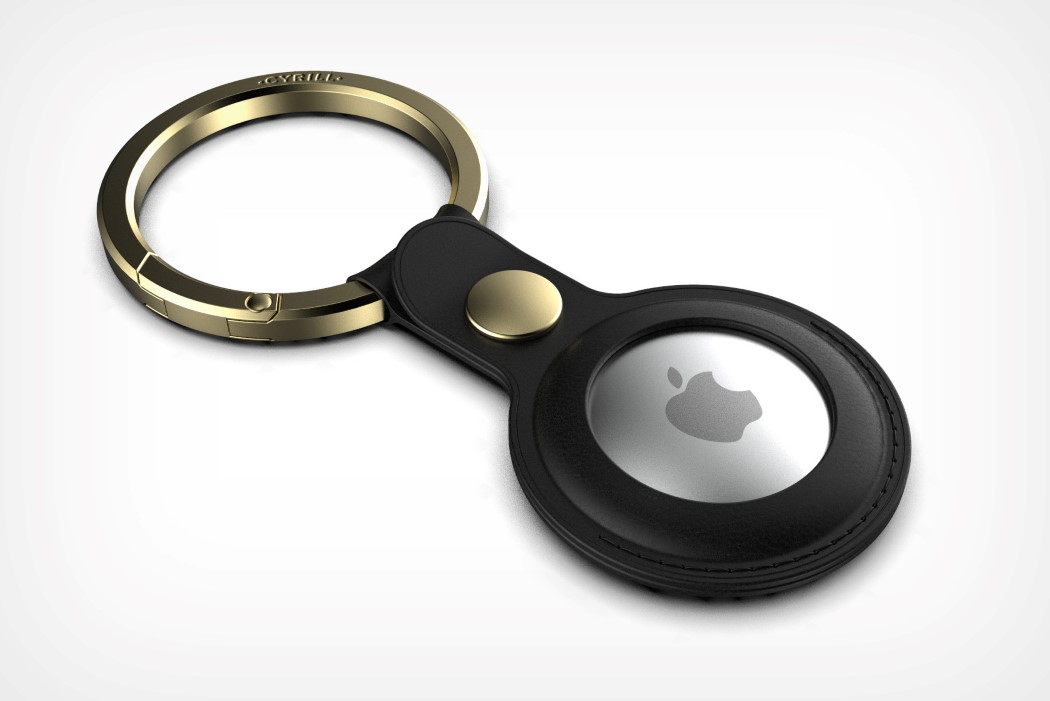
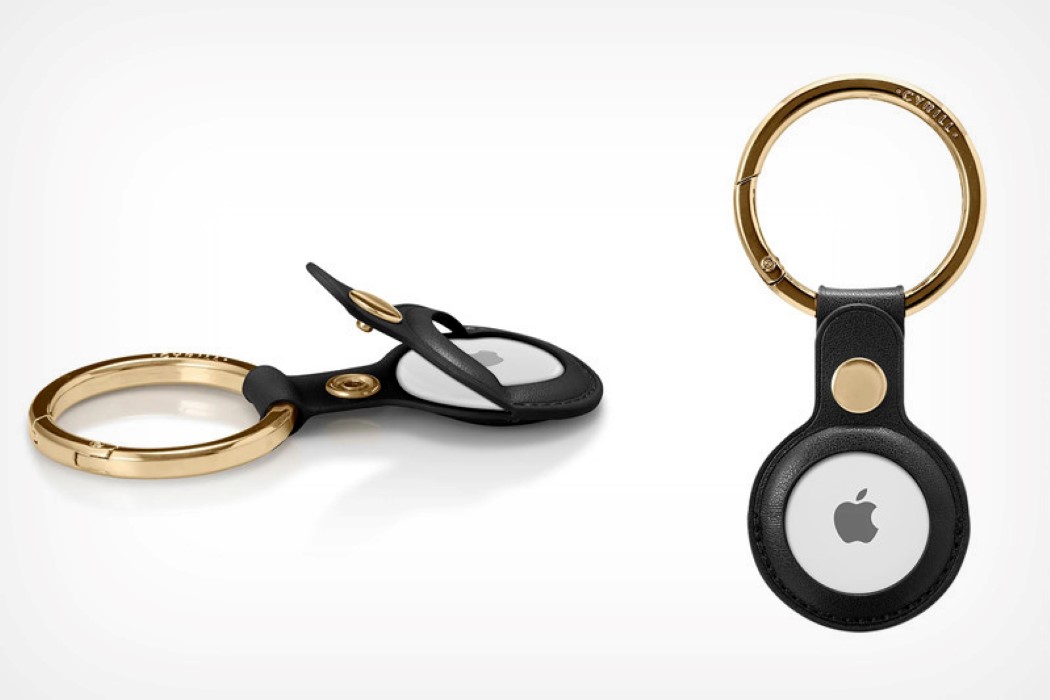
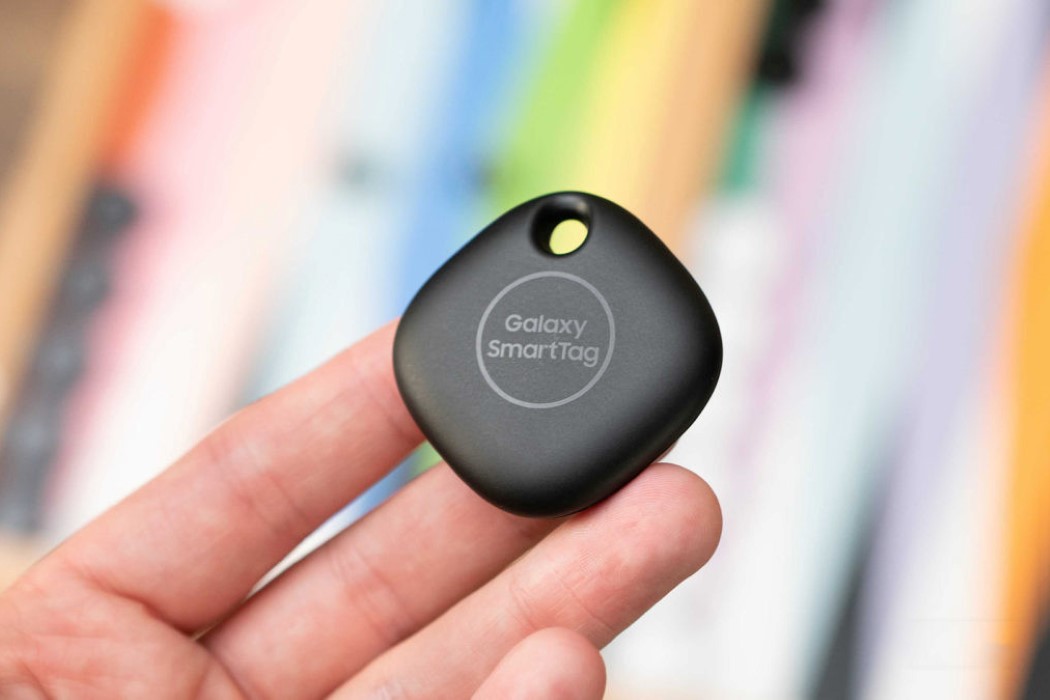
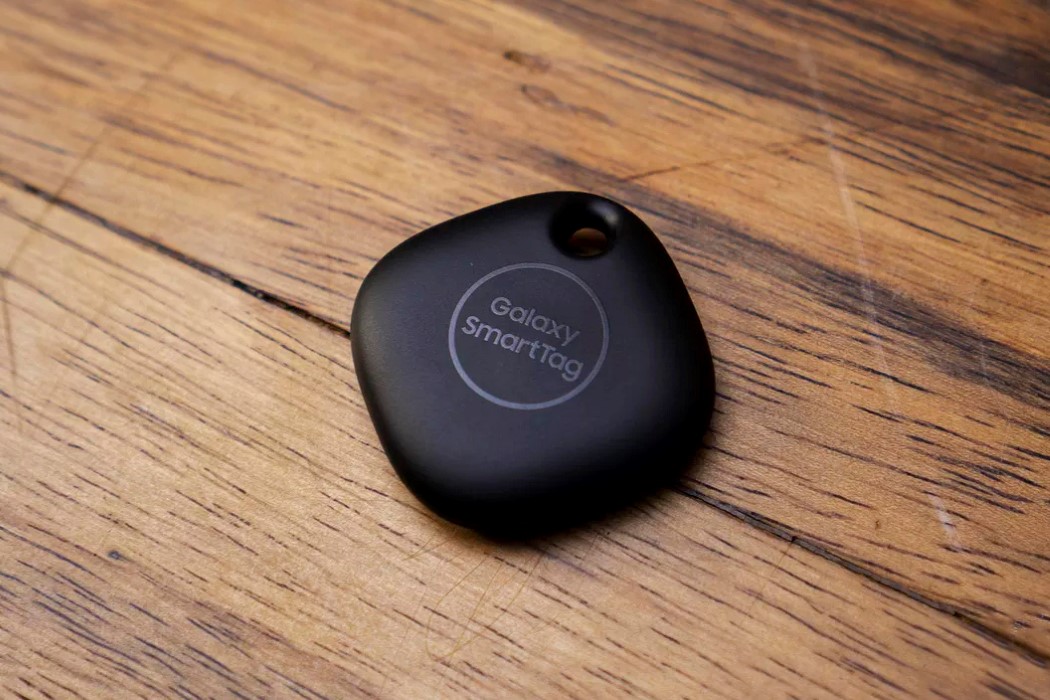
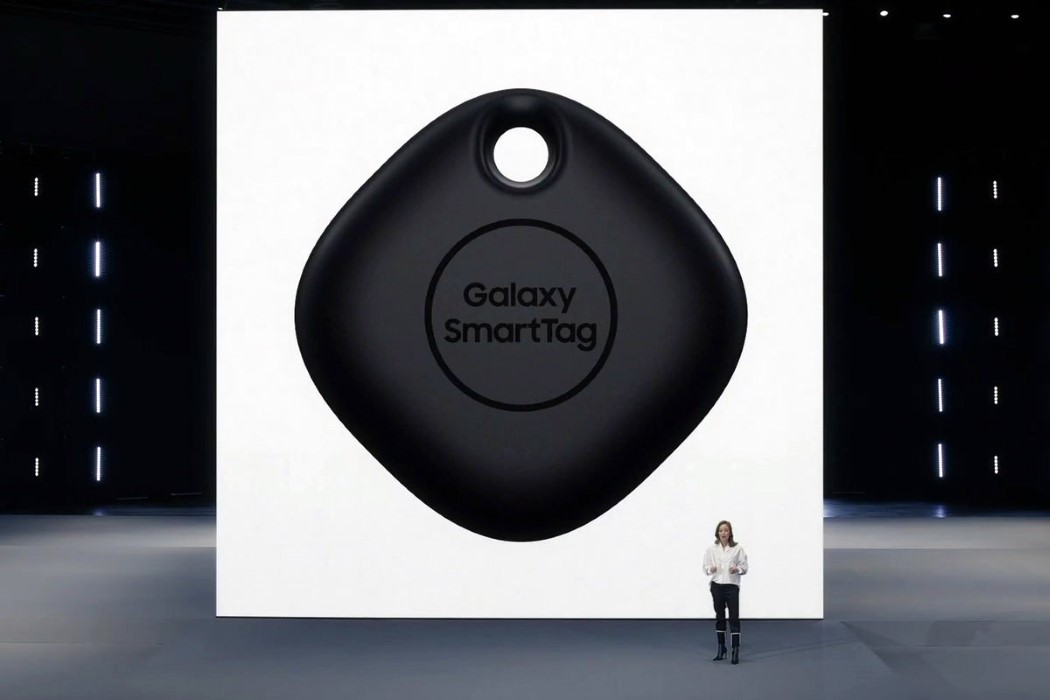
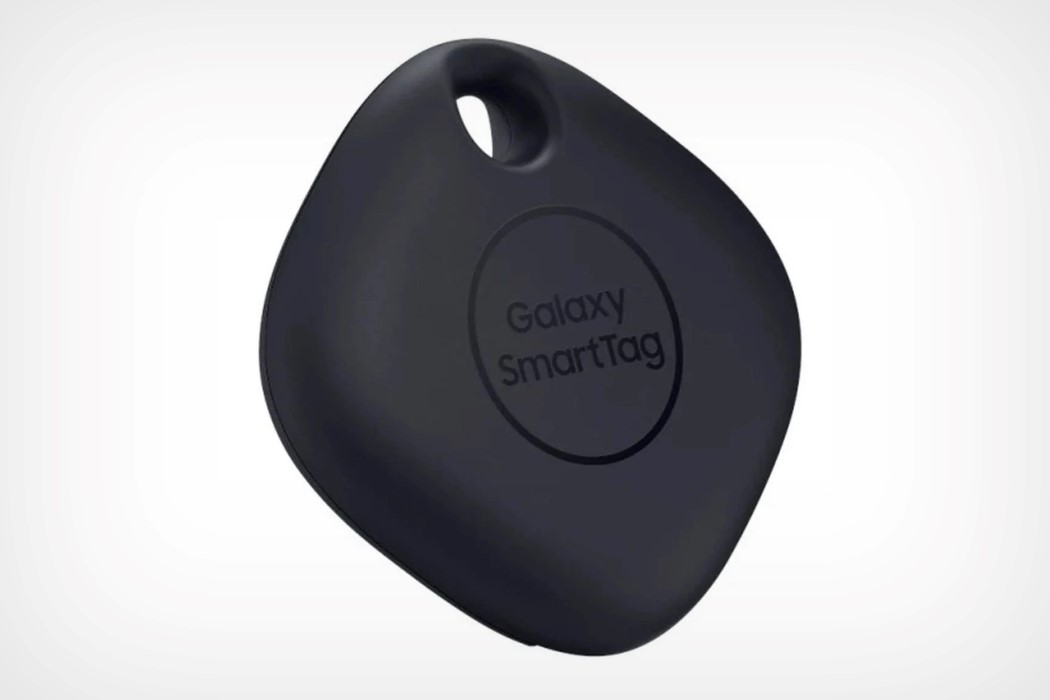
 You don't have to rely on rumors or buried code to know that Apple is working on a tracking tag -- the company has inadvertently spoiled its plans. Appleosophy spotted an Apple support video (unsurprisingly removed) that hints at offline Find My...
You don't have to rely on rumors or buried code to know that Apple is working on a tracking tag -- the company has inadvertently spoiled its plans. Appleosophy spotted an Apple support video (unsurprisingly removed) that hints at offline Find My...
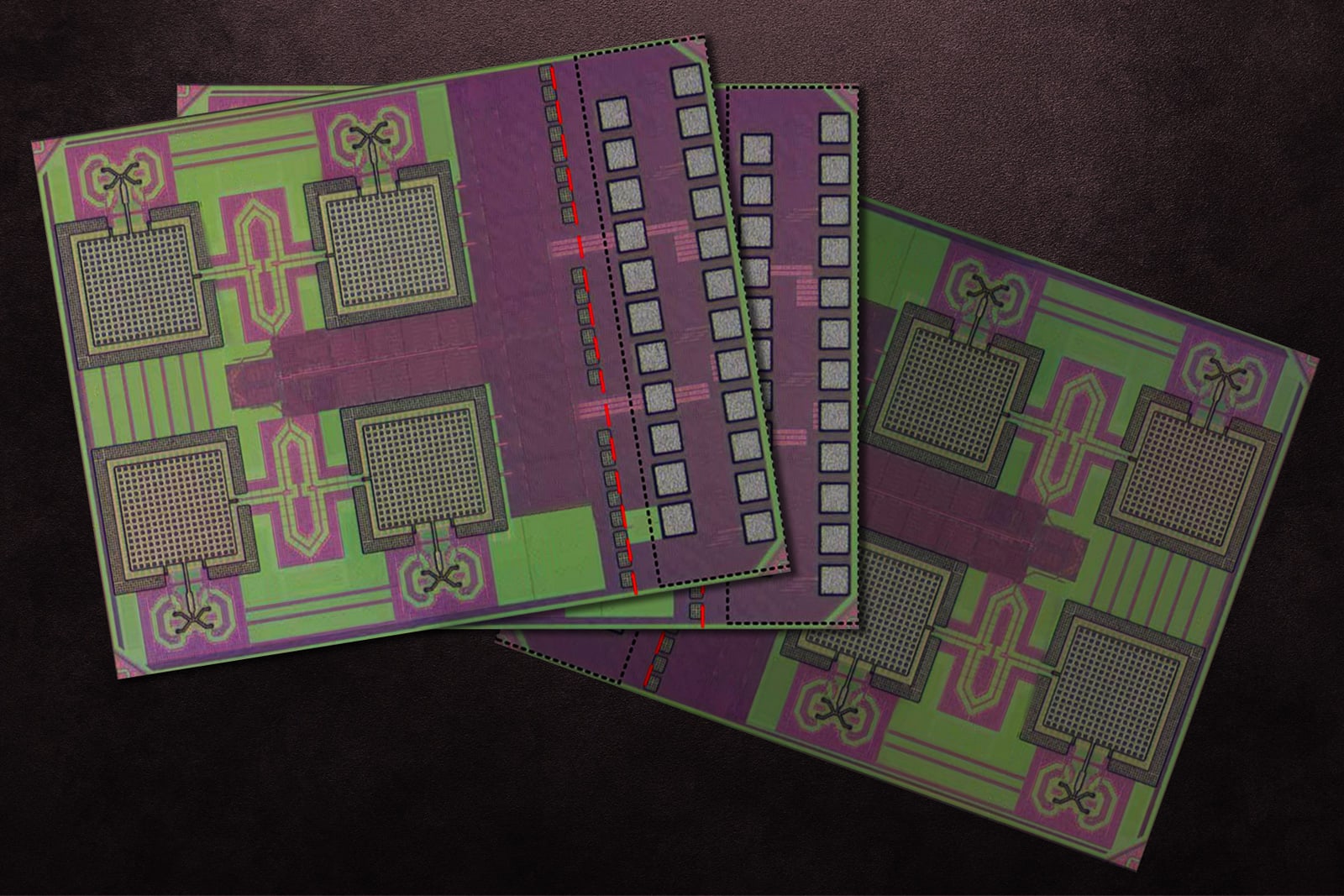 There are times when something is simply too small to tag it with existing technology, and that can be a serious problem when you're trying to fight counterfeits. MIT researchers might have a way to tag even the tiniest devices, though. They've creat...
There are times when something is simply too small to tag it with existing technology, and that can be a serious problem when you're trying to fight counterfeits. MIT researchers might have a way to tag even the tiniest devices, though. They've creat...
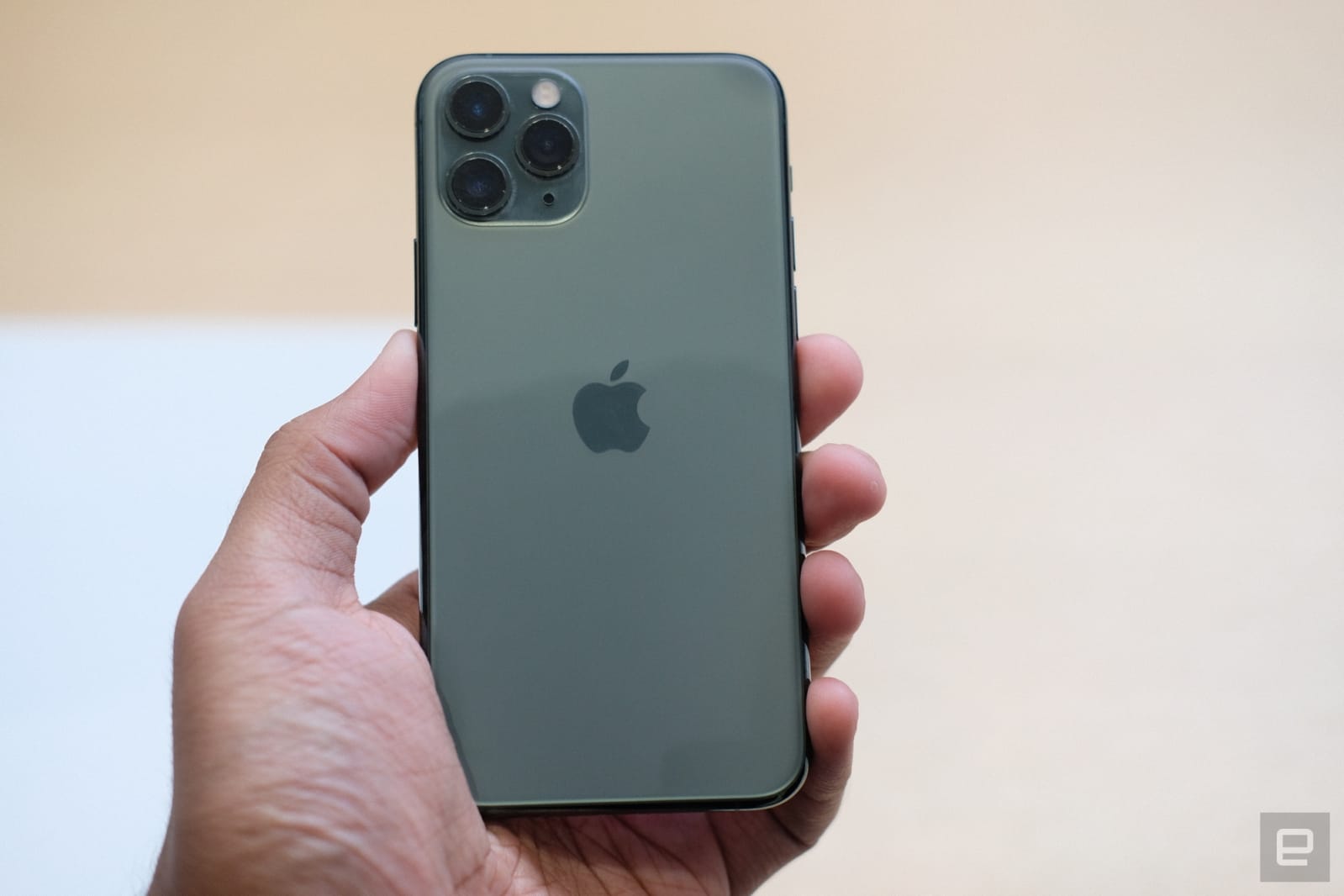 Apple introduced the iPhone 11 and iPhone 11 Pro with nary a mention of its rumored tracking tags, but the underlying technology appears to be present and accounted for. True to earlier reports, all iPhone 11 models include an ultra-wideband chip, t...
Apple introduced the iPhone 11 and iPhone 11 Pro with nary a mention of its rumored tracking tags, but the underlying technology appears to be present and accounted for. True to earlier reports, all iPhone 11 models include an ultra-wideband chip, t...
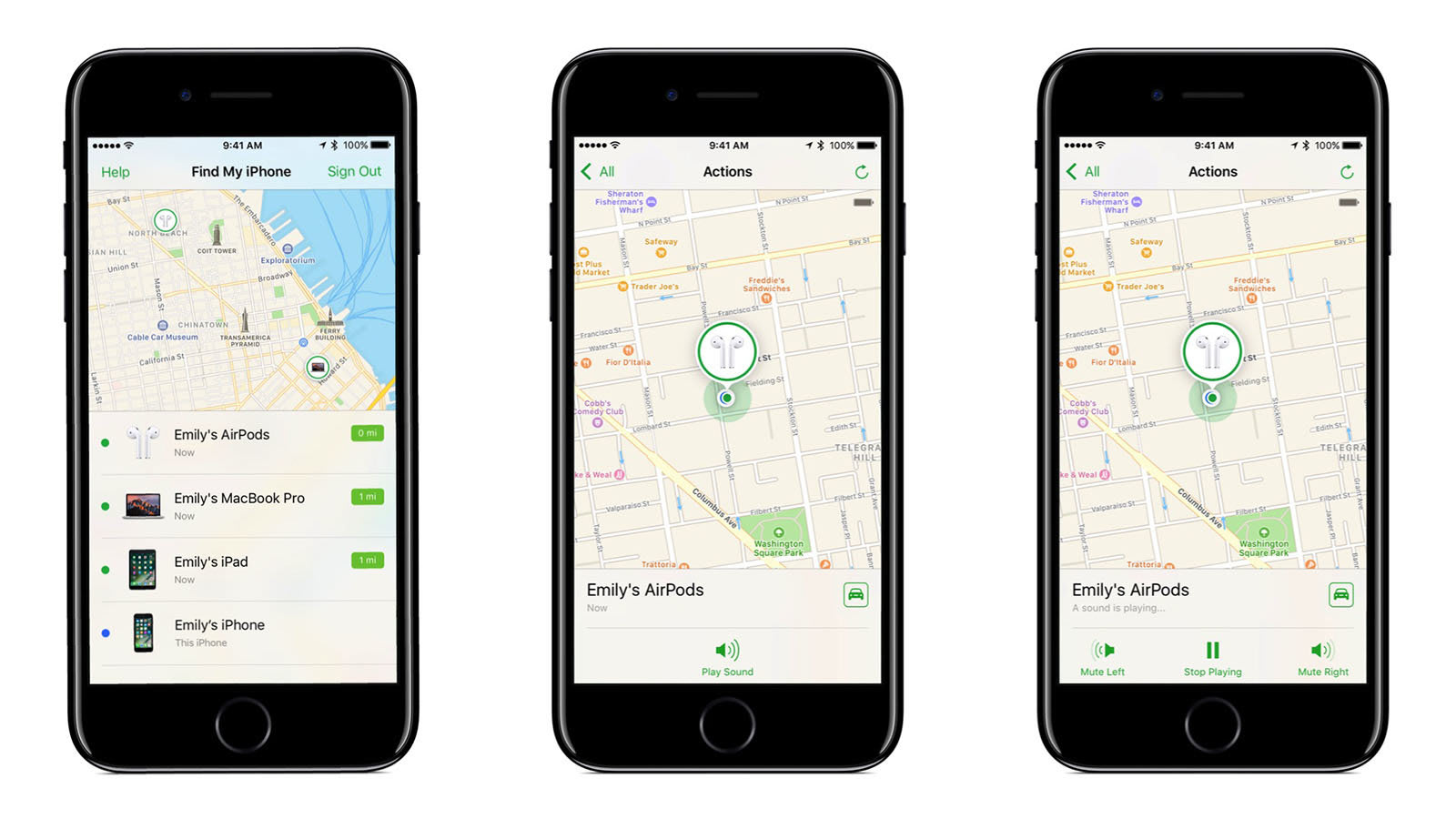 It appears Apple left one item out of its Worldwide Developers Conference (WWDC) yesterday: its Tile-like tracking device. Earlier this spring, we learned that Apple is supposedly working on a tracking tag, but the company didn't mention it amidst ne...
It appears Apple left one item out of its Worldwide Developers Conference (WWDC) yesterday: its Tile-like tracking device. Earlier this spring, we learned that Apple is supposedly working on a tracking tag, but the company didn't mention it amidst ne...
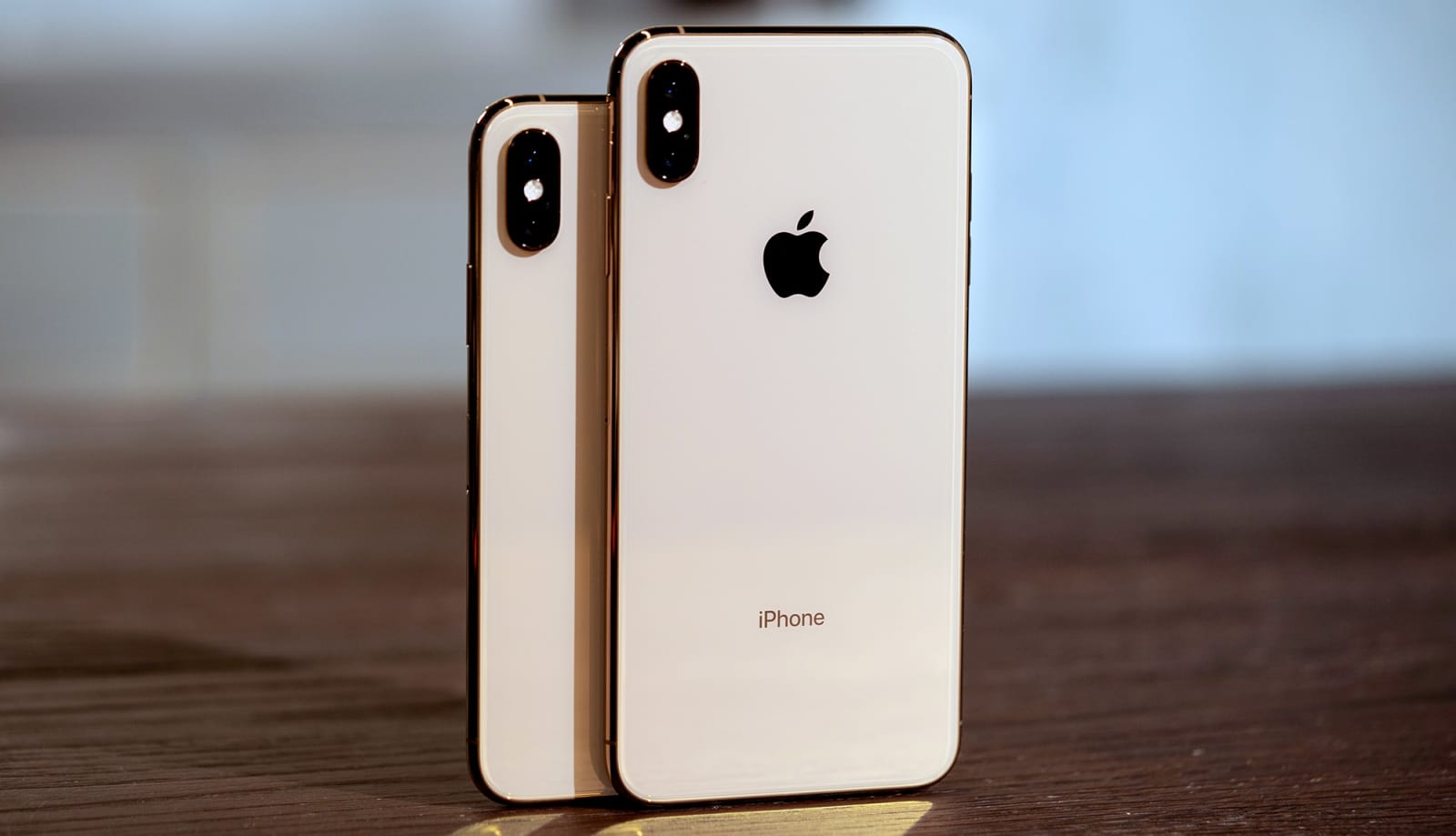 Apple might be preparing to move into Tile's territory, as it's reportedly developing a physical tag you'd be able to attach to any object to track its location. It's also working on an app that will essentially merge Find My Friends and Find My iPho...
Apple might be preparing to move into Tile's territory, as it's reportedly developing a physical tag you'd be able to attach to any object to track its location. It's also working on an app that will essentially merge Find My Friends and Find My iPho...
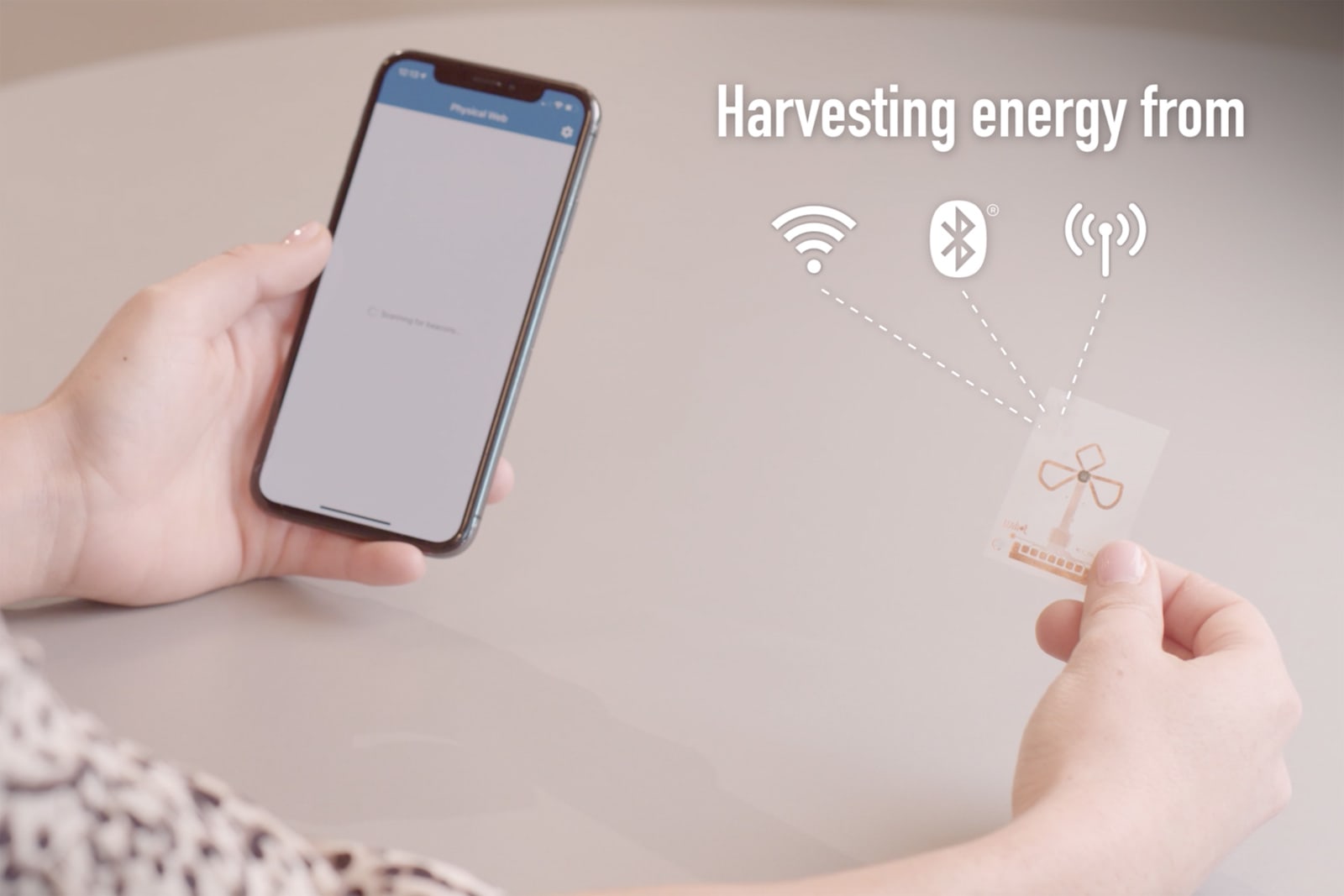 Sensors play a crucial role in the Internet of Things, but there's one glaring limitation: they need a battery or some other conspicuous power source to run. Soon, however, they might only have to pluck energy from the air. Wiliot has shown off a B...
Sensors play a crucial role in the Internet of Things, but there's one glaring limitation: they need a battery or some other conspicuous power source to run. Soon, however, they might only have to pluck energy from the air. Wiliot has shown off a B...